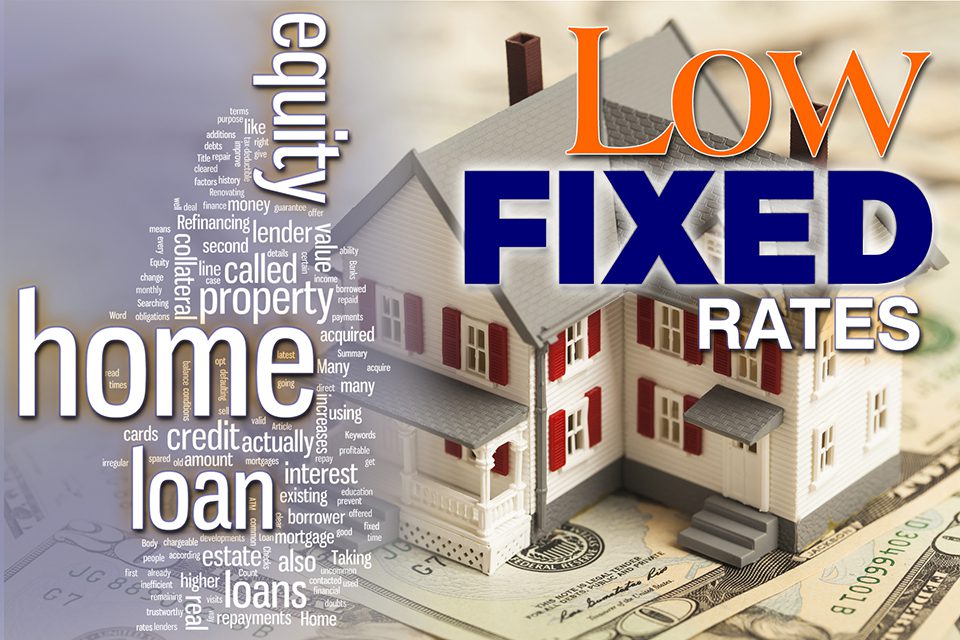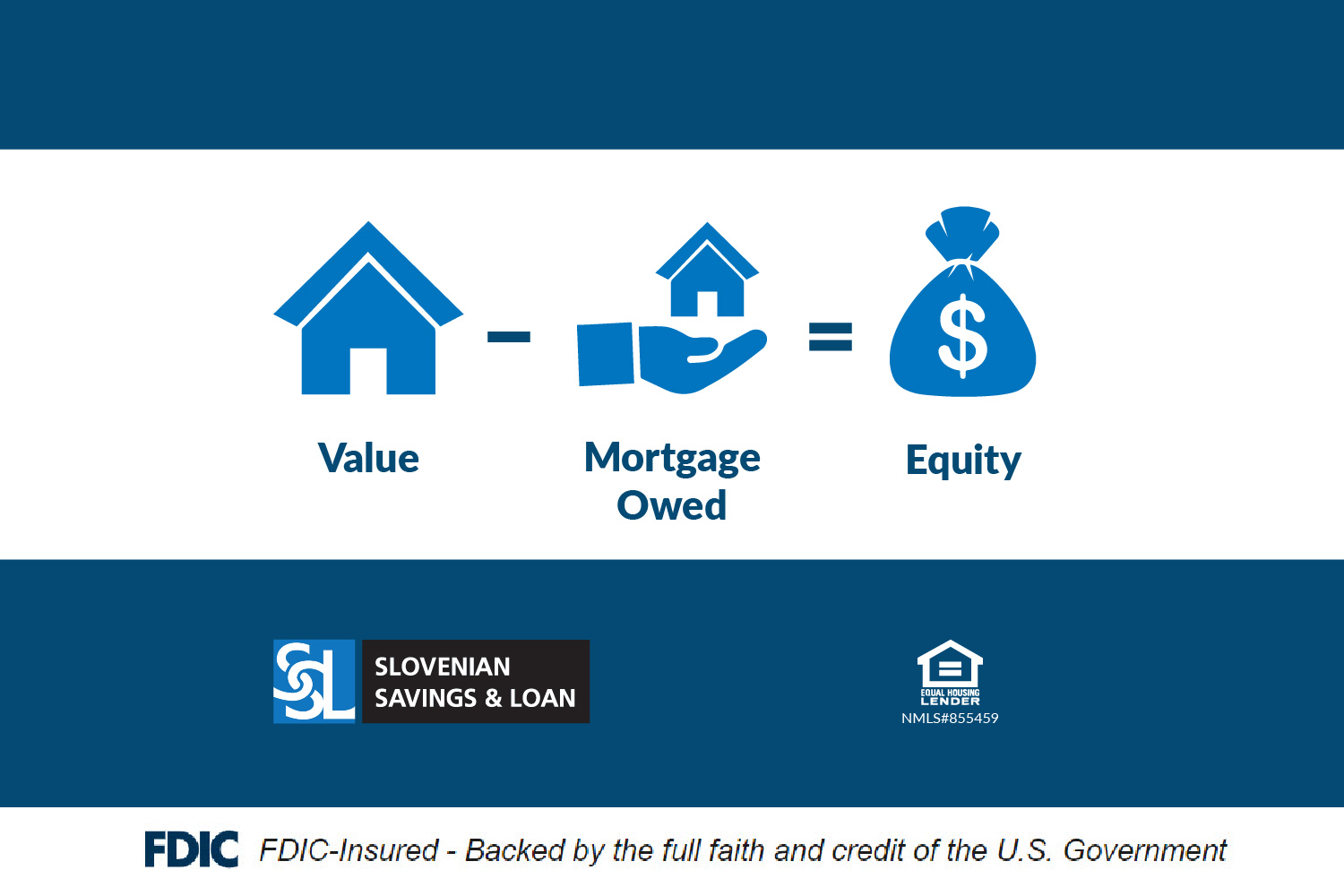Upsides and Downsides of Using Equity Release Mortgages as a Senior
Upsides and Downsides of Using Equity Release Mortgages as a Senior
Blog Article
Exploring the Various Types of Equity Release Mortgages Available Today
Equity Release mortgages present numerous options for home owners aged 55 and over. equity release mortgages. These financial products provide to different demands and preferences, permitting people to accessibility funds from their residential or commercial property. From lifetime mortgages to common gratitude home mortgages, each kind offers unique benefits. Comprehending these alternatives is crucial for making educated decisions. What elements should one take into consideration when picking one of the most appropriate equity Release plan? The details that comply with might clarify this vital subject
Recognizing Equity Release Mortgages
Equity Release mortgages provide property owners, usually those aged 55 and over, with a way to access the value tied up in their property without needing to offer it. This economic choice permits people to transform a part of their home equity right into cash, which can be used for numerous objectives, such as home improvements, settling financial obligations, or financing retirement.Equity Release can take different types, yet it basically entails borrowing versus the value of the home while preserving possession. House owners can choose to get a round figure or a series of smaller sized repayments, depending on their financial needs and preferences.Additionally, the amount available for Release is affected by the residential or commercial property's value, the homeowner's age, and particular lender requirements. On the whole, comprehending equity Release mortgages is vital for house owners to make informed choices regarding taking advantage of their home's equity while considering the long-lasting effects.
Life time Mortgages
Life time home mortgages stand for one of one of the most popular types of equity Release. This financial product enables home owners, generally aged 55 or older, to obtain against the worth of their building while retaining ownership. The financing, which is secured against the home, builds up rate of interest with time however does not call for monthly payments. Rather, the lending and accrued interest are settled when the homeowner passes away or relocates right into lasting care.Lifetime home loans use flexibility, as debtors can choose to obtain a lump amount or choose a drawdown center, accessing funds as required. Significantly, numerous strategies come with a no-negative-equity assurance, making sure that customers will never ever owe greater than the value of their home. This function provides satisfaction, allowing individuals to enjoy their retired life without the worry of diminishing their estate. Generally, lifetime mortgages offer as a viable choice for those seeking economic support in later life.
Home Reversion Program

Drawdown Lifetime Mortgages
While several home owners look for means to access their wealth, drawdown life time home loans present a versatile option that allows individuals to Release funds slowly. This kind of equity Release home loan makes it possible for house owners to obtain against the value of their property while retaining possession. Unlike standard life time home loans, drawdown strategies allow borrowers to access a portion of their equity upfront and withdraw added funds as needed, approximately a predetermined limit.This feature can be particularly helpful for those that desire to handle their financial resources thoroughly, as it decreases interest accumulation by just billing interest on the quantities attracted. Additionally, drawdown life time home mortgages commonly feature a "no unfavorable equity guarantee," making sure that borrowers will never owe even more than their home's value. This alternative matches senior citizens who desire monetary protection and flexibility, allowing them to fulfill unforeseen expenditures or maintain their lifestyle without having to market their building.
Boosted Life Time Mortgages
Enhanced Lifetime Home mortgages offer unique advantages for eligible homeowners looking for to Release equity from their homes. Comprehending the qualification requirements is necessary, as it identifies that can gain from these specialized financings. It is additionally important to examine the possible disadvantages connected with improved options, ensuring a well-rounded viewpoint on their use.
Eligibility Requirements Explained
Comprehending the qualification standards for Improved Lifetime Mortgages is necessary for possible applicants looking for to access the equity in their homes. Commonly, applicants must be aged 55 or older, as this age demand is standard in the equity Release market. House owners ought to have a residential or commercial property valued at a minimum limit, which can vary by loan provider. Significantly, the home needs to be their main house and in great condition. Lenders usually webpage examine the homeowner's health and wellness condition, as particular health problems may enhance eligibility and benefits. In addition, candidates should not have existing significant financial debts protected against the home. Meeting these criteria allows individuals to discover Enhanced Life time Home loans as a feasible choice for accessing funds bound in their homes.
Advantages of Boosted Mortgages
After clarifying the qualification requirements, it ends up being obvious that Improved Life time Home loans offer a number of significant advantages for property owners seeking to utilize their home equity. Primarily, they give access to a larger financing amount contrasted to common life time mortgages, benefiting those with health and wellness problems or age-related variables that enhance their life span danger. This enhanced loaning ability allows house owners to satisfy numerous economic needs, such as home renovations or retired life expenses. Furthermore, these mortgages commonly include adaptable repayment options, making it possible for debtors to handle their financial resources more efficiently. The no-negative-equity warranty additionally assures that home owners will certainly never owe more than their home's worth, offering comfort. Generally, Improved Life time Home mortgages offer an engaging choice for eligible property owners seeking economic services.
Prospective Downsides Taken Into Consideration
While Enhanced Lifetime Mortgages use various advantages, potential disadvantages necessitate cautious consideration. One considerable worry is the effect on inheritance; the equity released minimizes the value of the estate left to beneficiaries. In addition, these home loans can accrue significant rate of interest with time, causing a considerable debt that might go beyond the initial funding quantity. There may additionally be restrictions on building adjustments or rental, limiting homeowners' flexibility. In addition, enhanced products often require details wellness conditions, meaning not all property owners will certainly certify. Finally, taking care of the fees and fees connected with these mortgages can be intricate, possibly resulting in unanticipated expenses. Because of this, individuals should thoroughly analyze their circumstance and seek advice from financial advisors before continuing.
Shared Appreciation Home Loans
Shared Recognition Mortgages represent an unique monetary setup that permits house owners to gain access to equity while sharing future building worth enhances with the lending institution. This method provides prospective advantages such as minimized month-to-month payments, yet it likewise comes with downsides that must be meticulously taken into consideration. Comprehending the qualification requirements is important for those curious about this choice.
Idea Summary
Equity Release home loans, especially in the type of shared admiration mortgages, offer house owners a distinct financial option that permits them to access funds by leveraging the worth of their home. In this setup, a lending institution provides a finance to the home owner, which is commonly paid off through a share of the residential property's future appreciation in site here worth. This suggests that when the home owner sells the building or dies, the loan provider receives a portion of the boosted worth, rather than simply the initial finance amount. Shared appreciation mortgages can be appealing for those looking to supplement their income or financing substantial expenditures while maintaining ownership of their home. Nonetheless, the monetary ramifications of common recognition have to be carefully considered by potential consumers.
Disadvantages and benefits
Although common gratitude home mortgages can give considerable monetary benefits, they likewise feature notable downsides that prospective debtors ought to consider. These mortgages enable house owners to accessibility equity in their residential or commercial properties while sharing a part of any future admiration with the loan provider. This arrangement can be valuable throughout times of climbing residential property worths, supplying substantial funds without regular monthly payments. However, the major drawback is the potential loss of equity; house owners might end up with considerably minimized inheritance for beneficiaries. Additionally, the complexity of the terms can cause misconceptions relating to payment obligations and the percentage of recognition owed. It is important for debtors to evaluate these variables thoroughly prior to devoting to a common gratitude mortgage.

Qualification Demands
What criteria must house owners fulfill to qualify for a common admiration home loan? Mostly, prospects must be at least 55 years of ages, assuring they are within the target demographic for equity Release items. Additionally, the residential property must be their primary home and normally valued above a defined minimum limit, often around ? 100,000. Lenders likewise evaluate the house owner's financial situations, consisting of revenue and arrearages, to determine they can take care of the mortgage properly. Notably, the residential property should be in great condition and devoid of considerable lawful encumbrances. Home owners should additionally have a clear understanding of the terms, consisting of exactly how recognition will certainly be shown to the lender upon sale or transfer of the property, as this impacts overall returns.
Selecting the Right Equity Release Choice

Frequently Asked Concerns
What Age Do I Required to Be for Equity Release?
The age requirement for equity Release generally begins at 55 for most strategies. Some companies may supply alternatives for those aged 60 and above, reflecting varying terms based on private scenarios and lender plans.
Will Equity Release Affect My Inheritance?
Equity Release can affect inheritance, as the amount obtained plus interest decreases the estate's value. Beneficiaries may obtain much less than anticipated, depending on the residential or commercial property's recognition and the overall debt at the time of passing.
Can I Move Home With Equity Release?
The inquiry of moving house with equity Release develops frequently. Usually, people can transfer their equity Release strategy to a new residential or commercial property, but certain terms may use, calling for assessment with the lending institution for guidance.
Are There Charges Related To Equity Release Mortgages?
Costs connected with equity Release home mortgages can consist of arrangement costs, valuation charges, and lawful prices. Furthermore, there might be very early settlement costs, which can impact the total expense and financial effects for the borrower.
Just How Does Equity Release Impact My Tax Obligation Circumstance?
Equity Release can affect one's tax circumstance by possibly increasing gross income, as launched funds are considered funding. It normally does not incur immediate tax liabilities, making it essential to consult a monetary expert for customized support.
Conclusion
In recap, the selection of equity Release home mortgages available today provides home owners aged 55 and over several paths to access their property's worth - equity release mortgages. Whether choosing a life time home mortgage, home reversion plan, or various other alternatives, each alternative offers distinctive advantages tailored to specific economic needs. Cautious factor to consider and examination with an economic advisor are vital to ensure the selected equity Release solution aligns with personal goals and monetary scenarios, inevitably helping with informed decision-making for a protected monetary future. Equity Release home loans existing various choices for property owners aged 55 and over. Equity Release mortgages provide home owners, generally those aged 55 and over, with a means to access the value tied up in their residential property without needing to offer it. Boosted Life time Home loans use distinctive benefits for qualified homeowners looking for to Release equity from their residential properties. Equity Release home mortgages, especially in the form of common appreciation mortgages, supply property owners a distinct financial option that permits them to access funds by leveraging the worth of their home. In recap, the range of equity Release home mortgages readily available today offers homeowners aged 55 and over numerous go pathways to access their property's worth
Report this page